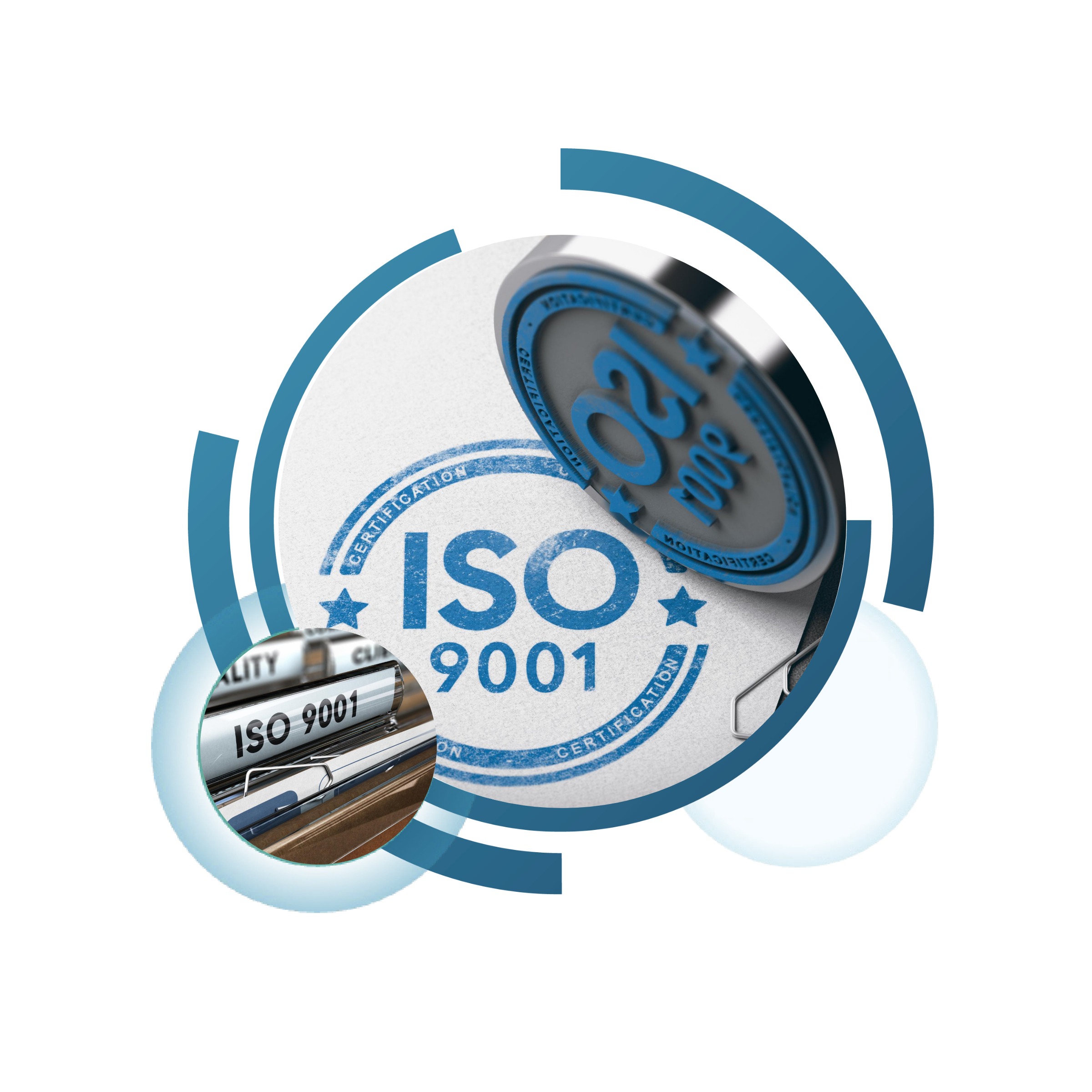ISO 9001:2015
What is ISO 9001?
The International Organization for Standardization (ISO) creates market-relevant international standards. ISO 9001 outlines a process-based approach to quality management, ensuring consistent customer satisfaction through continuous improvement. Following these standards will help an organization streamline its quality processes, better handle complaints, improve risk management, and create customer confidence.




